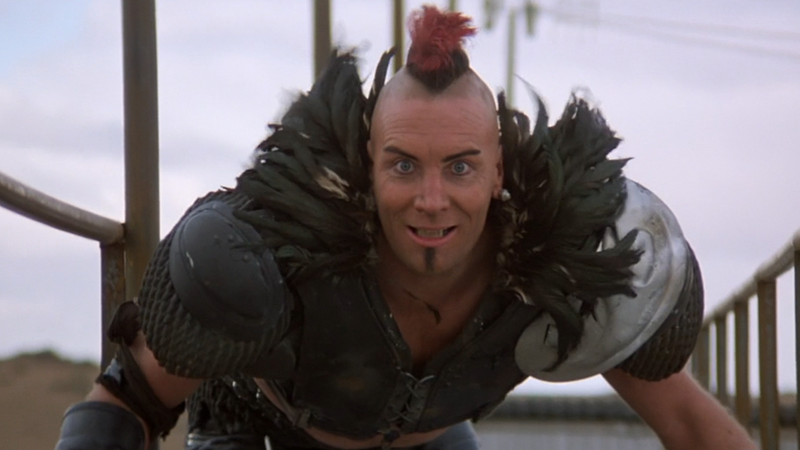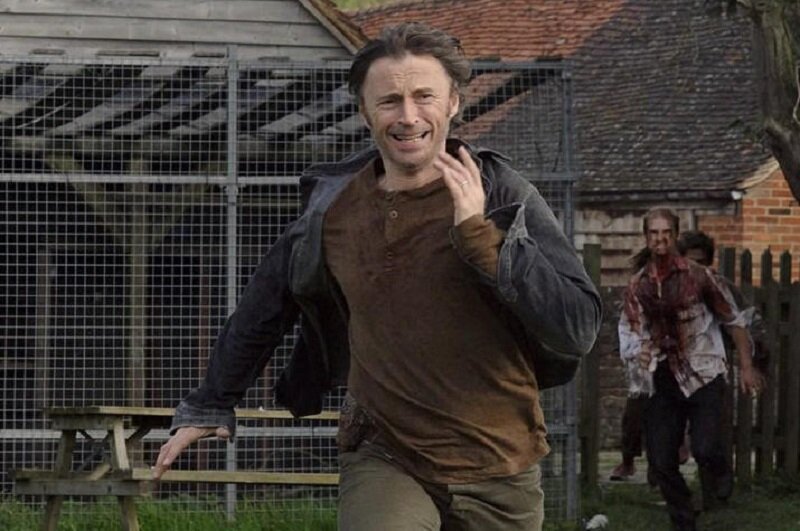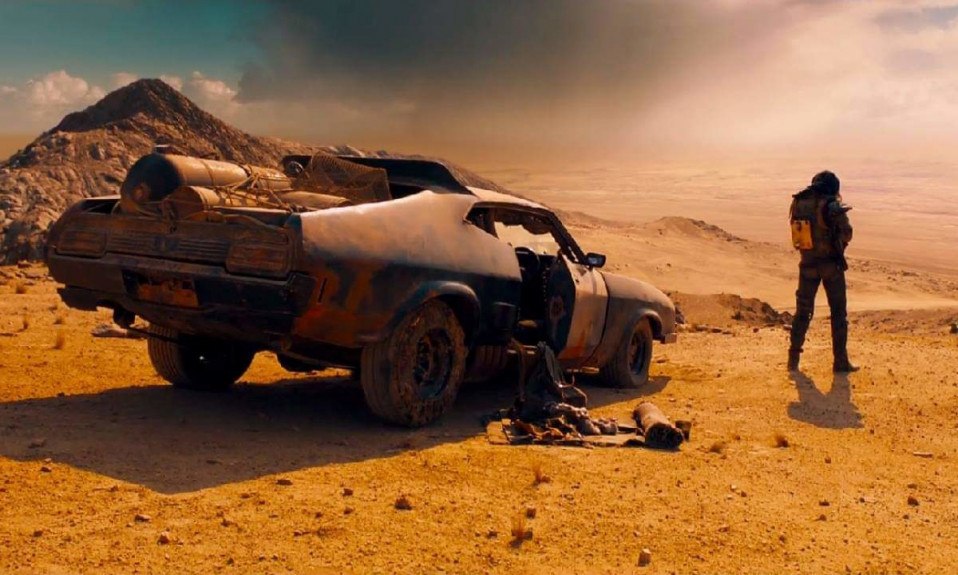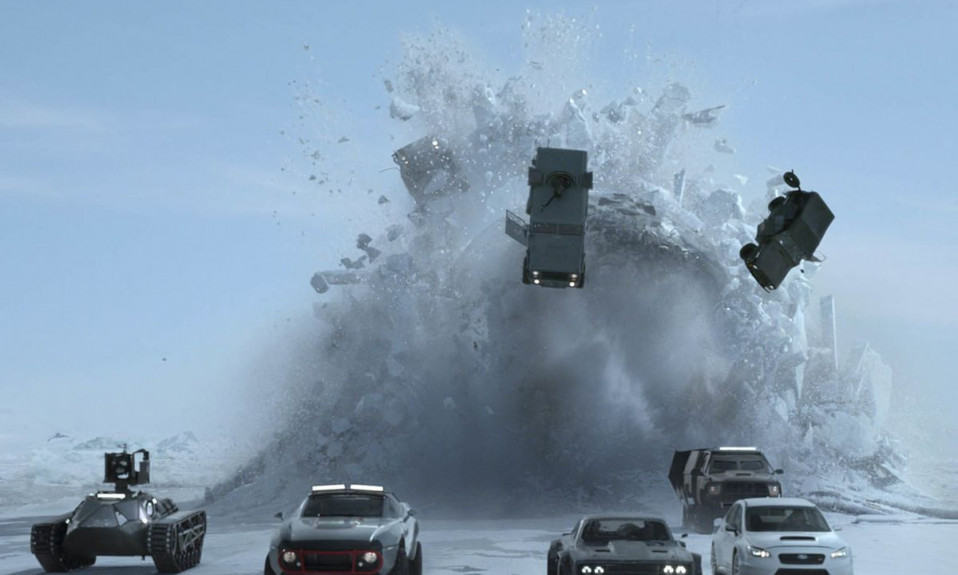It would be fair to say I am somewhat obsessed with the idea of the post-apocalypse. I wrote a fiction podcast set in post-apocalyptic England, I have a jumper that I call my apocalypse jumper, as it was the one I will wear in the event of the apocalypse, and I have seen many, many, post-apocalyptic films. Post-apocalyptic is a slight misnomer as the apocalypse is the end of the world, and usually what these films usually show is the collapse of society after a terrible event. Considering the things that you get in a post-apocalyptic film: murder, starvation, cannibalism, disease – it’s perhaps surprising just how popular these films are. Evidently, we love seeing these situations depicted – but why is that?
It’s Not The End Of The World Is It?

In the same way, sci-fi uses the future to talk about the present post-apocalyptic films can show us what our societal anxieties and fears are, and not just in terms of the end of the world. Night of the Living Dead demonstrates the societal problems in America in terms of race, Dawn of the Dead is about consumerism as the ultimate hideout is the mall – which the zombies are drawn back to, and Day of the Dead deals with power and authority. The pre-apocalypse film Dr. Strangelove focuses in on perhaps the major fear of the time – nuclear annihilation – and that through a mixture of incompetence and mistrust, those in power would destroy the world. Dr Strangelove also gave us one of the key lines of post-apocalyptic movies, that those who survive the end of the world would “envy the dead.” The recent asteroid apocalypse movie Don’t Look Up I found genuinely unsettling despite it ostensibly being a comedy, the parallel to climate change was intentionally obvious and chilling.
Reduced To One Instinct: Survive

Some post-apocalyptic movies have been cultural touchstones about how we see the potential end of the world. The Mad Max films show a brutal world, with many people reverting to outright savagery, as fights over basic resources become all-consuming. The post-apocalyptic eccentrically dressed road barbarian has become a staple of the genre and gives a clear idea that the future will be a constant struggle. Classic British horror films 28 Days Later and 28 Weeks Later show perhaps not a post-apocalyptic world then certainly a post-apocalyptic UK. The handful of survivors struggle against the infected “zombies”, with creepily empty London streets serving as a backdrop for the start of the film. A feature of both films is that it’s perhaps not best to put all your faith in the military; who might have different priorities than your survival. Perhaps the bleakest film ever made is The Road, a post-apocalyptic film where you know there is zero chance of surviving. In the world of The Road it seems that every plant and animal (except humans) has died, those who are still alive survive by scavenging or resorting to truly desperate means. While the film follows a father and son it is hard to escape the conclusion that without animals or plants, there is no future. In The Road the father has a gun with two bullets, specifically held back in case they need to shoot themselves, which is about as bleak as it gets.
It’s In Your Nature To Destroy Yourselves

The Matrix was a post-apocalyptic movie where humans were kept in a simulated reality by machines, the machines putting them at the supposed height of human civilisation, in the late 1990s. Certainly, the 90s felt like a time of progress, opportunity and relative peace (at least for those in the richest countries), the Cold War was over and the threat of nuclear Armageddon receded. Since then there have been decades-long wars, pandemics, increasing evidence of a coming climate catastrophe, the AI singularity grows ever nearer and even nuclear war seems to be back on the table. So how do you make these sorts of films when people are worried about the genuine end of the world? Well, at least since the 1950s that’s the reality people have lived with, there have been genuine moments when the world was on the brink of nuclear war and somehow pulled back and people still made post-apocalyptic thrillers and comedies about this very idea. Dr Strangelove was released in 1964, two years after the Cuban Missile Crisis when everyone was terrifyingly aware of just how close to the end we had come. Evidently, there is some enjoyment to be had in watching the end of the world.
Also Read: What Does Black Mirror Still Have to Say In Season 6?













